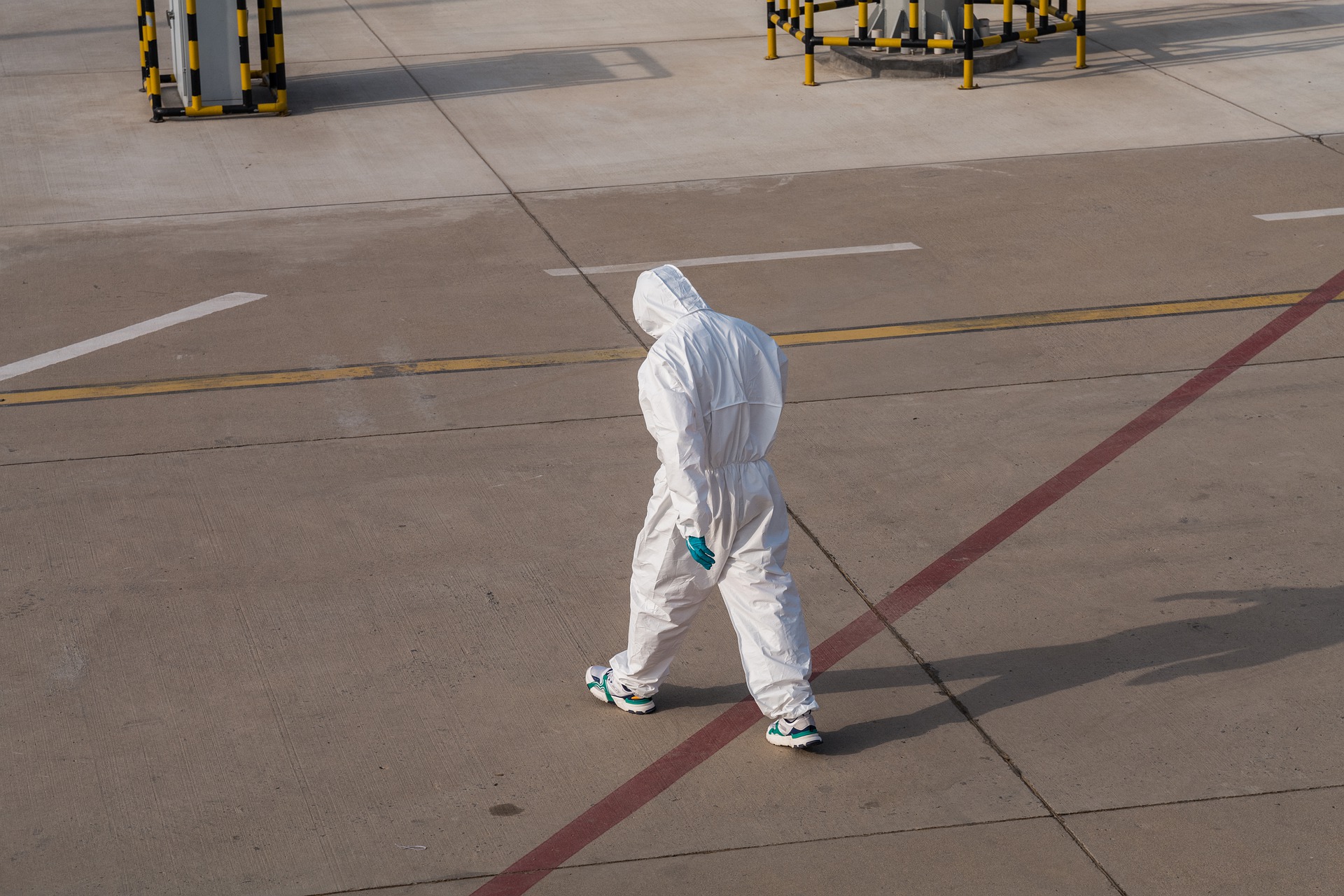

Reports of a new, potentially concerning Covid-19 variant, B.1.1.529, are creating greater uncertainty as we enter winter. Pseudovirus studies of the variant, which has 32 spike mutations, are expected to classify it as vaccine-evading within the next few days.
Little evidence has yet emerged that the variant has spread beyond South Africa. However, we already raised concerns on Monday about a potential new variant in Europe. This is because of the uncharacteristically high spread of infections in the EU, despite relatively high vaccine immunity in many countries.
This article is only available to Macro Hive subscribers. Sign-up to receive world-class macro analysis with a daily curated newsletter, podcast, original content from award-winning researchers, cross market strategy, equity insights, trade ideas, crypto flow frameworks, academic paper summaries, explanation and analysis of market-moving events, community investor chat room, and more.
Reports of a new, potentially concerning Covid-19 variant, B.1.1.529, are creating greater uncertainty as we enter winter. Pseudovirus studies of the variant, which has 32 spike mutations, are expected to classify it as vaccine-evading within the next few days.
Little evidence has yet emerged that the variant has spread beyond South Africa. However, we already raised concerns on Monday about a potential new variant in Europe. This is because of the uncharacteristically high spread of infections in the EU, despite relatively high vaccine immunity in many countries.
Our report noted Spain as a country to watch. It has high Covid-19 immunity (Table 1), and cases before this week had remained low despite growth in other European countries. Since then, weekly cases are up 51% (Chart 1). Although still low, hospitalisations are also up by 23% WoW (Chart 2). The recent wave has hit hospitals in Eastern Europe particularly hard.


Variant B.1.1.529
The number of spike mutations in B.1.1.529 is significantly higher than past mutations. For example, Beta has two or three spike mutations, and Delta has four (or 15 in its whole genome, depending on how they are counted). With 32 spike mutations, the variant is likely to be more infectious and able to circumvent the vaccine.
Concerns over the new variant’s infectiousness can be seen from data coming out of South Africa, where it first emerged. Weekly cases rose from 1,936 to 25,500 over the last seven days (Chart 3). Within the same timeframe, B.1.1.529 has already become the dominant strain in South Africa (Chart 4).


Natural Immunity
If B.1.1.529 can evade vaccines, natural immunity will play a more important role in limiting its impact. And so, this week, we add ‘Natural Immunity’ to our Vaccination Table (Table 1).
We calculate natural immunity based on recent research that shows immunity gained from infection provides greater protection against Covid-19 than vaccines. Within the first three months after infection, there is almost no chance of re-infection, and this protection decreases more slowly than for the vaccine. We also assume 25% of all cases are asymptomatic and correct for differences in testing.
Unsurprisingly, the Czech Republic, the UK and Israel have the highest natural immunity globally (Table 1). Around 11% of the population in the Czech Republic caught the virus between August 2020 and February 2021, and a further 7.5% over the last nine months (Chart 5). Meanwhile, 8.5% of the UK’s population caught the virus between March and November 2021, the highest on our list.

Meanwhile, with cases rising rapidly in the EU, natural immunity is building (Chart 6). However, the EU remains 5pp behind the UK and, to reach an equal level, around 23mn people in the EU would need to catch Covid-19. The US also has relatively high natural immunity, perhaps due to its relatively low vaccine immunity.


Sam van de Schootbrugge is a Macro Research Analyst at Macro Hive, currently completing his PhD in international finance. He has a master’s degree in economic research from the University of Cambridge and has worked in research roles for over 3 years in both the public and private sector.
